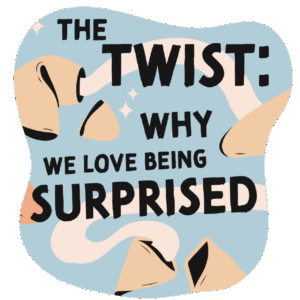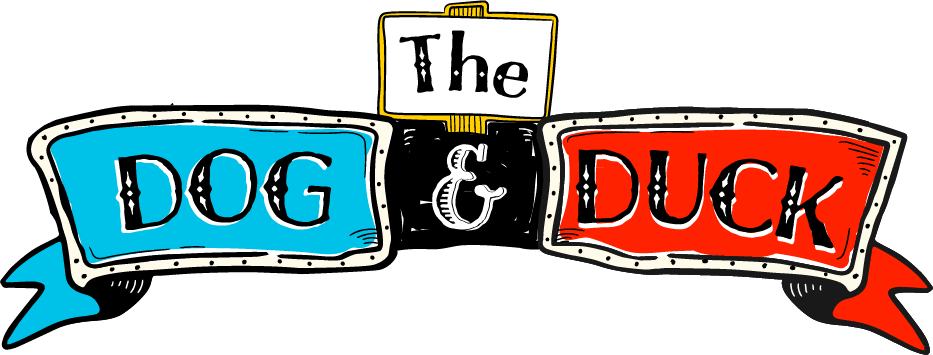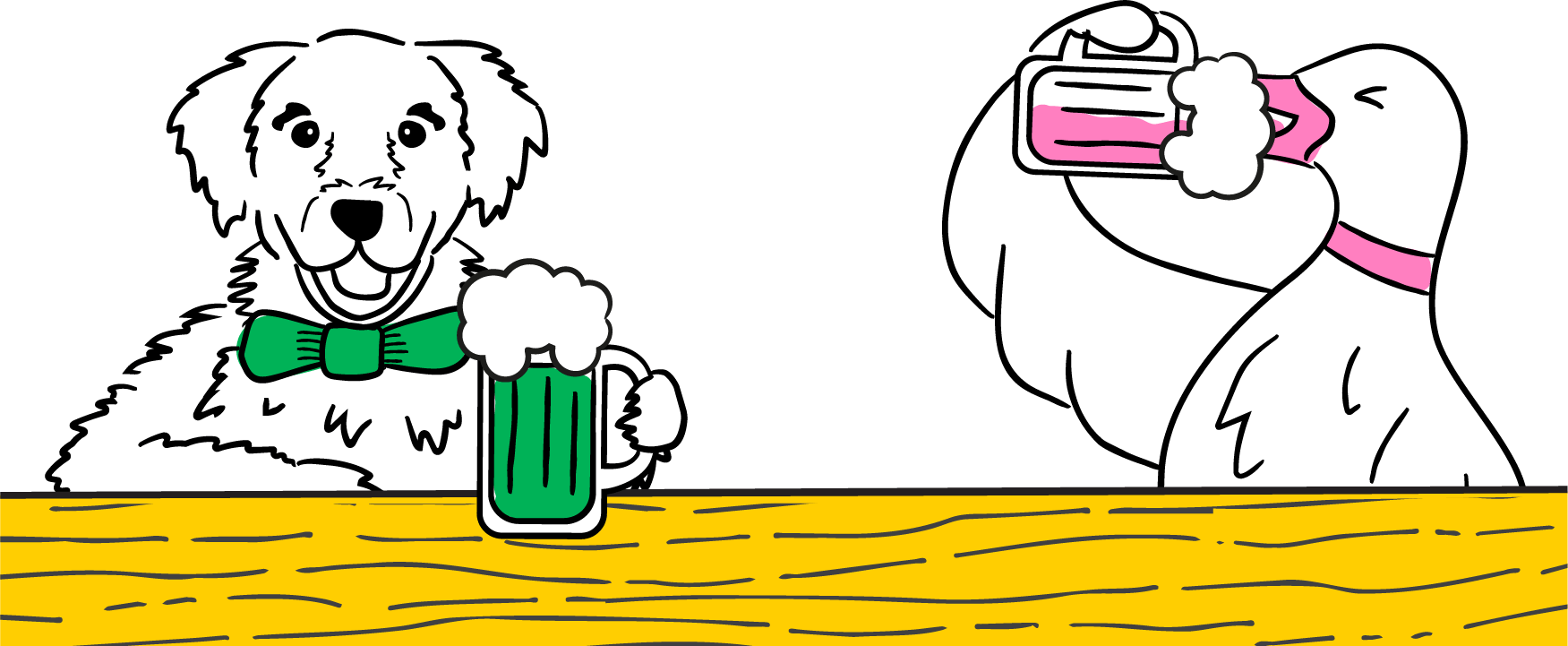Let’s be honest, most surprises in life aren’t exactly welcome.
- You’re at the door, frantically patting every pocket for your keys. Nothing.
- You open the fridge and the light doesn’t come on. RIP, old friend.
- That subscription you meant to cancel? Yeah, it just cleared out your account.
But when a twist happens in a story (on screen, on the page, or in a campaign) our jaws drop. We gasp. We rewind to see what we missed. That’s the kind of surprise we do love.
In storytelling and marketing, the twist is a secret weapon. It hooks us in, makes the message stick, and sparks conversation long after the reveal.
Here’s why it works and how you can use it.
 What is a twist?
What is a twist?
Officially: “An unexpected development of events.”
In practice, it’s when a story sets up one expectation… and delivers another. A twist plays with what you think you know – flipping it on its head just when you’ve gotten comfortable.
It’s one of the oldest tricks in the storytelling book, and one of the most effective. Twists keep us reading, watching, sharing, and talking. And not just in books or films.
The best creative campaigns pull the same stunt.
Why twists are such a powerful storytelling tool
Whilst predictability is quite nice in life generally, that’s not always the case. As a viewer or reader, we usually hate being able to predict what’s coming next. It kills the magic.
But twists reignite that spark. They reward our attention, punish our assumptions, and leave a strong emotional imprint. Even when we know they’re coming, they can still land with power.
They make us feel something, and that feeling sticks.
A couple of great twists and turns
Here are some famous, recent examples in the media of twists that have been water cooler convos, topics of great controversy amongst friend groups, and focal points of campaigns that delivered real impact.
TV: The Red Wedding, Game of Thrones
You think you’re watching a wedding. A peace treaty. A turning point. And then – carnage. In one unforgettable scene, major characters are wiped off the board. Plotlines evaporate. Viewer expectations are shattered.
It wasn’t just shock for shock’s sake. It changed everything. And that’s the power of a great twist: it doesn’t just surprise, it reframes. It turns passivity into intensity. Audiences who were coasting are suddenly on edge, re-engaged.
This teaches us that in campaigns, a twist can recalibrate your audience’s attention. You can build tension, tease resolution, and then shift direction to deliver a more powerful message. Whether it’s a tone switch, a visual fake-out, or a narrative misdirect, the goal is the same: make them feel something they didn’t see coming.
Film: The Reveal, The Usual Suspects
Verbal Kint, quiet and forgettable, walks with a limp. Throughout the film, we’re piecing together a mystery until, in the final moment, the pieces fall into place. Verbal is Keyser Söze. The limp vanishes. The lies unravel. We’ve been watching the villain all along.
We feel duped, just like the characters. And we love it.
It’s more than a clever ending because it forces you to revisit everything that came before, rethinking what you thought you understood.
This is the perfect example to show us that a twist can add depth. It invites a second look. A surprising reveal about a product, a brand, or even the audience themselves can be the thing that transforms a message from forgettable to unforgettable. Sometimes, it’s the twist that is the brand truth.
Campaigns can take a turn too
Great campaigns can twist, too. You don’t have to blow minds every time, but you can subvert expectations, reframe assumptions, and deliver messages in ways people don’t see coming.
Stick or twist?
For your next campaign, you might feel like it’s time to switch it up. Rattle a few cages. Subvert some expectations.
If you’re ready to get creative with your next campaign, we’ve got you. With the help of our lovely team, creativity can be in your corner and we can build campaigns that get talked about for all the right reasons.
















